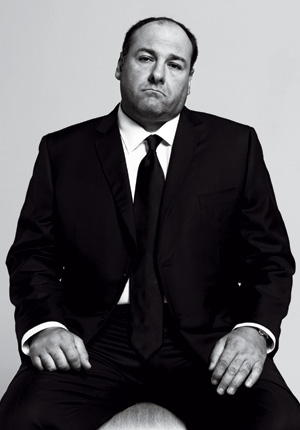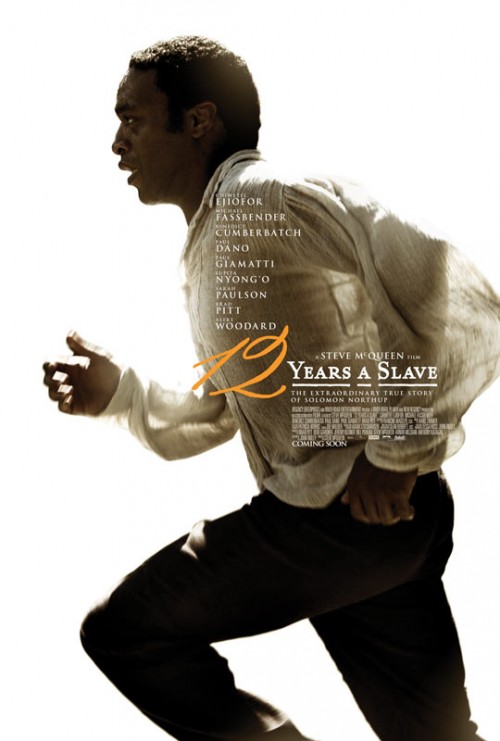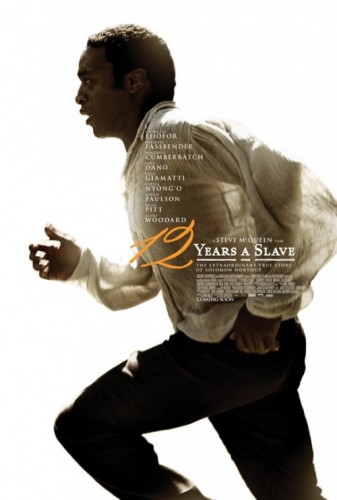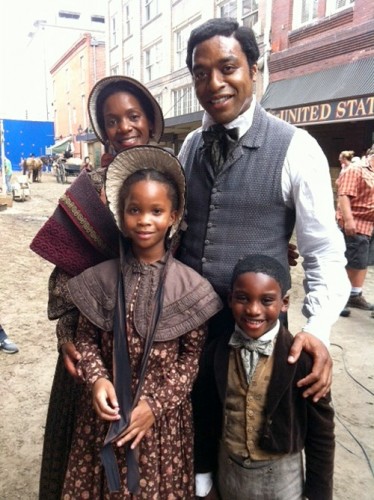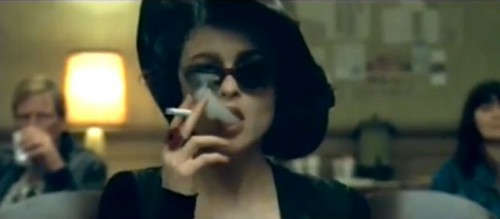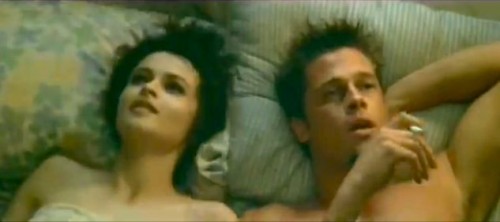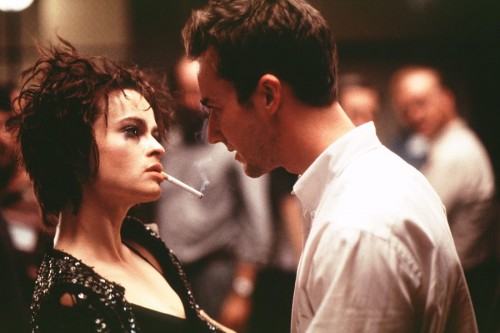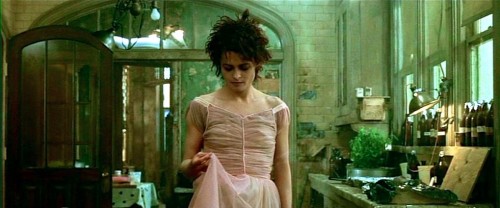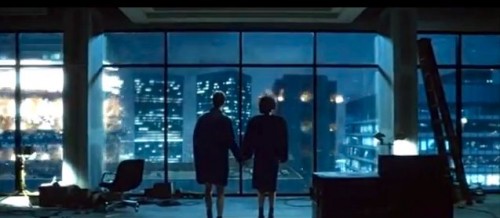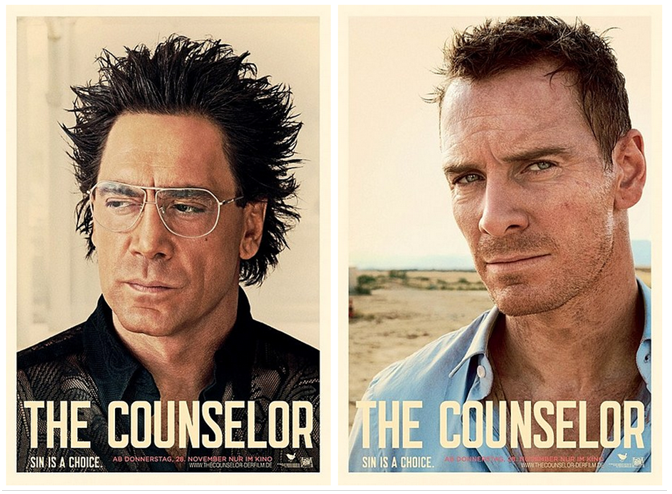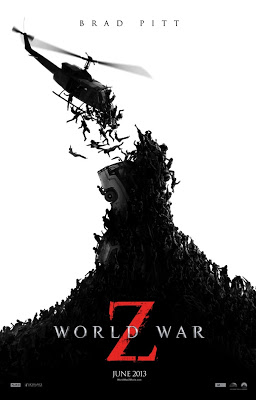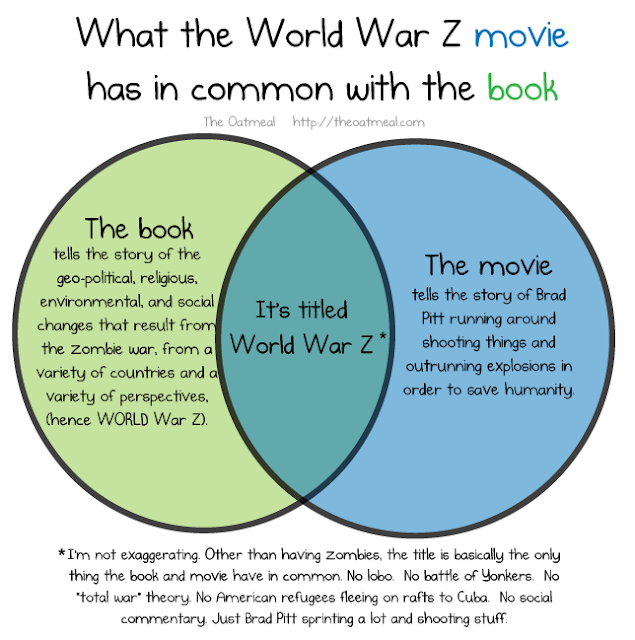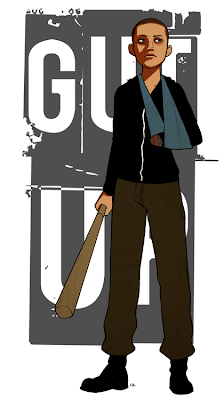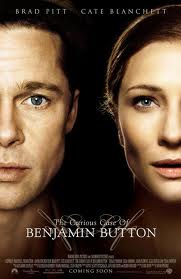
Written by Sarah Smyth as part of our theme week on Fatphobia and Fat Positivity.
Early in his career, James Gandolfini starred in Tony Scott’s blood-pumping, adrenaline-rushing military action film, Crimson Tide. Like Scott’s cult-classic, Top Gun, the construction and display of the male body within Crimson Tide symbolises the “masculine” tensions centralised within the narrative. Set in an American submarine, the film follows Captain Frank Ramsey (Gene Hackman) and Lieutenant Commander Ron Hunter (Denzel Washington) who butt heads throughout a series of nuclear missiles crises. Particularly, through the racial dichotomy between the two lead characters, Crimson Tide explores the ideas and ideals of rationality, logic, nationalism, supremacy and power, inverting the traditional racist narrative of the irrational, brutal and animalistic black man through Lt. Commander Hunter triumphant ending. However, although the film challenges conventional depictions of racial embodiment, its investment in the young, slim, athletic body as the traditional symbol of (masculine) strength, restraint and power remains prevalent. Compared to Capt. Ramsey’s ageing and paunchy body, Lt. Commander Hunter remains slim and fit with key scenes depicting him running, skipping and boxing in the submarine. Despite the (literal) visibility of Gandolfini’s overweight body throughout his career, Gandolfini’s weight is not central to the role he plays in this film; another actor takes on the role of the “excessive” and “revolting” fat crewmember. Nevertheless, in this piece, I use the symbols of masculinity imbued in the male body, particularly the fat male body, suggested in Crimson Tide as the starting point for my analysis into Gandolfini’s stardom. Particularly, in the piece, I will look at the specificity and uniqueness of Gandolfini’s fat stardom, asking what his literal fleshy embodiment reveals about the masculine image portrayed on screen.
In his most famous role, playing Tony Soprano in the hit HBO series, The Sopranos, Gandolfini embodies the complex relationship contemporary Western culture has with male fatness. One the one hand, Tony’s fatness most obviously represents his over-indulgence and lack of control. He constantly eats, smokes, drinks and sleeps with numerous women. His body, therefore, is a reflection or extension of the excessive bodily desires in which he continually indulges. Gandolfini’s body was particularly used to represent this in the 2012 film, Killing Them Softly. He plays Mickey, an ineffectual hitman to Brad Pitt’s partner-in-crime, who spends the film a slave to his bodily desires, smoking, drinking and sleeping with prostitutes throughout. He fails to complete a single hit and make any money. He’s lazy, stupid and a slob – and the film represents this through Gandolfini’s body.

In contrast, Brad Pitt’s character, Jackie Cogan, touches neither drink nor women. He’s an effective and successful hitman who maintains his authority within the Mafia throughout the film. Although Pitt doesn’t display the slimness and athleticism of his body in the same way as Washington in Crimson Tide, Pitt’s stardom or, more specifically, the stardom derived from Pitt’s much desired and desirable body imbues the character with the symbols of power and authority. At its most ambitious, Killing Them Softly attempts to link this to the American dream. At the end of the film, Jackie claims, “[Barack Obama] wants to tell me we’re living in a community? Don’t make me laugh. I’m living in America, and in America, you’re on your own. America is not a country; it’s just a business. Now fucking pay me.” The ultimate self-made man, Jackie/Pitt literally and figuratively embody the ideal of the American dream. In the twentieth and twenty-first century, fatness symbolises defiance against the middle-class interest in constraint, discipline and moderation; as consumerism became the site of approved indulgence, fatness became the site of necessary restraint. Within this indulgence/restraint paradigm, then, Pitt/Jackie represent the successful image of masculinity through the very slimness of his body.
Yet, male fatness is not always disempowering. As the gangster genre demonstrates, the fat cats really do get rich. Although Mickey may not exploit his potential monetary earnings, Tony certainly does. Throughout the show, Tony maintains a powerful position because of, rather than despite of, his fat body. This is done in two ways. Firstly, through the figure of Bobby Bacala, The Soprano transfers any of the disempowering features of fatness away from Tony. A carer to Tony’s uncle, Bacala is domesticated, feminised and removed from the main action of the mobster activities. In contrast, Tony looks aggressive, powerful and masculine. Secondly, like other fat figures in the gangster genre, which was epitomised by Marlon Brando’s Don Vito Corleone in The Godfather, The Soprano’s foregrounds Tony’s body as a crucial indication of his excessive financial greed and the violent measures he will take to pursue them, enabling him to maintain control over the mob.

Throughout the show, Tony’s embodiment of financial greed becomes embroiled with the complexities of class politics. Whereas Jackie’s embodiment of the American dream in Killing Them Softly was warped, Tony’s embodiment of the American dream in The Sopranos is completely corrupted. In the pilot episode, as Tony collects his newspaper at the end of his drive, his sloppy appearance – all dishevelled dressing gown and protruding belly – contrast hugely with the wealthy middle-class neighbourhood in which he lives. Tony may have the money to afford such a house, but his illegal and immoral mobster activities and the excess of his consumer consumption continually place him outside of this social order. The Sopranos makes clear that, rather than failing to embody the successful image of the self-made man, Tony, in fact, embodies it too much. Through the excesses of his fat body, Tony embodies the extremes of consumer and capitalist culture.

The Sopranos also makes clear that, despite Tony’s fat body, he’s never considered undesirable by women. He never fails to get laid by women inside or outside of his marriage, and, in this way, never “fails” as a heterosexual man. Furthermore, when on display, the slim and athletic man has to deal with the potential feminizing and queering repercussions of his body; within traditional structures of on-screen looking, the heterosexual male body looks but is never looked at. The Soprano’s undermines this potential emasculation by refusing to position Tony’s fat body as something to-be-looked-at. Instead, through his fatness and male privilege, he has full autonomy over his body and sexuality.
In contrast, in Enough Said, the relationship between Gandolfini’s weight and desirability is centralised and discussed primarily by women. In a very different role, Gandolfini plays Albert, a divorcee who starts dating Julia Louis-Dreyfus’s Eva. During the film, we see Albert’s body through Julia’s eyes as she starts off uncertain about him, claiming “he’s kind of fat,” to discovering she enjoys sex with him. Nevertheless, the problems that arise in their developing relationship are consistently linked to Albert’s weight. As Julia (unknowingly) befriends Albert’s ex-wife, Marianne (Catherine Keener), she lets Marianne’s fat-phobic opinions influence her attitude toward Albert and his body. Marianne was always repulsed by Albert’s weight, calling him a slob. Similarly, Julia jokes about buying Albert a calorie book which deeply upsets him. Likewise, Marianne always hated the way Albert picked the onions out the guacamole. When Julia sees Albert doing this, she can’t help but comment on it and remind him that guacamole has a lot of calories in it. By opening up a new space of (heterosexual) female desire and looking and by consistently linking Albert’s flaws to his weight, Enough Said refuses to excuse the male body, particularly the fat male body, as some thing not to be examined, as something not to be looked at.

The representation of Gandolfini’s body on-screen continues to reveal and contribute towards the hugely complex and often contradictory image of masculinity within our contemporary culture. He is as much powerful as powerless, effectual as ineffectual, desirable as undesirable. His untimely death in 2013 demonstrated just how polarizing his body is. For every fat shaming response to his death, another person celebrated him for being an inspiration and an icon. What’s clear, however, is that, in our contemporary society and culture, the male body is not invisible. Although the female body continues to be more heavily regulated and controlled, particularly in terms of weight and appearance, the male body is no longer removed from similar considerations. As we continue to look more intensely and critically at the male body, we can anticipate a time when new images of masculinity become not only realised but embodied.
